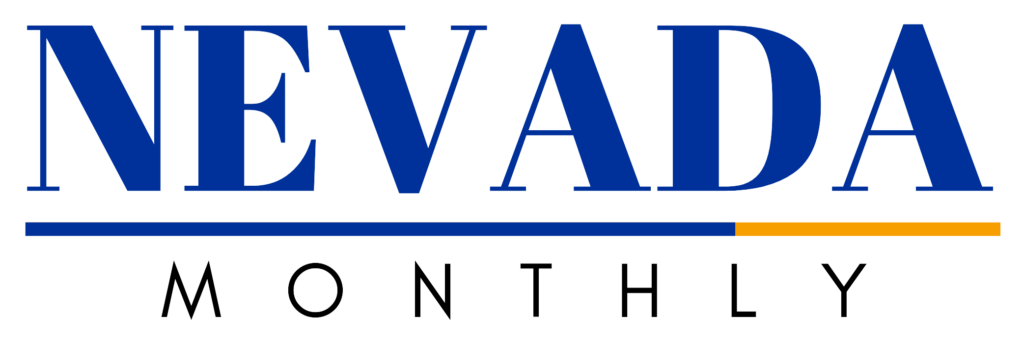
Tag: highlight


The Financial Benefits of Setting Up Parking Lots
January 15, 2025

Why Secondhand Car Shops in Nevada Will Always Thrive
January 15, 2025

Nevada’s New Guard: Why Young CEOs Are on the Rise
January 15, 2025


Why Lamborghini Rentals Are Thriving in Nevada
January 15, 2025

Beyond the Neon: Why Nevada Needs a Tropical Oasis in Every Glass
January 15, 2025

Strategies for Art Galleries to Thrive in Nevada
January 15, 2025

The Ghosts of Lookout Mountain: Haunting Tales from the Past
January 15, 2025




